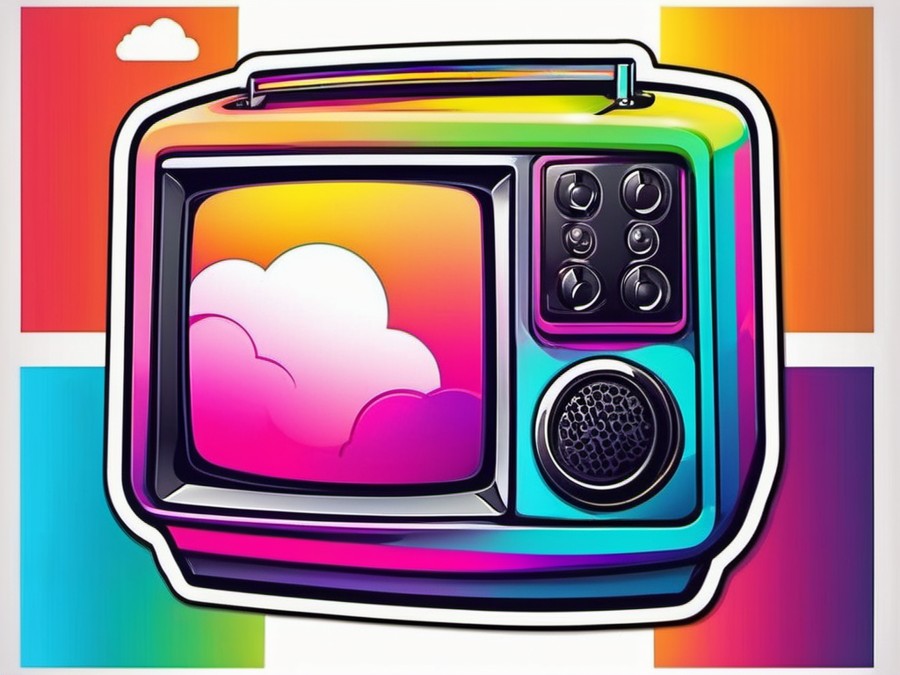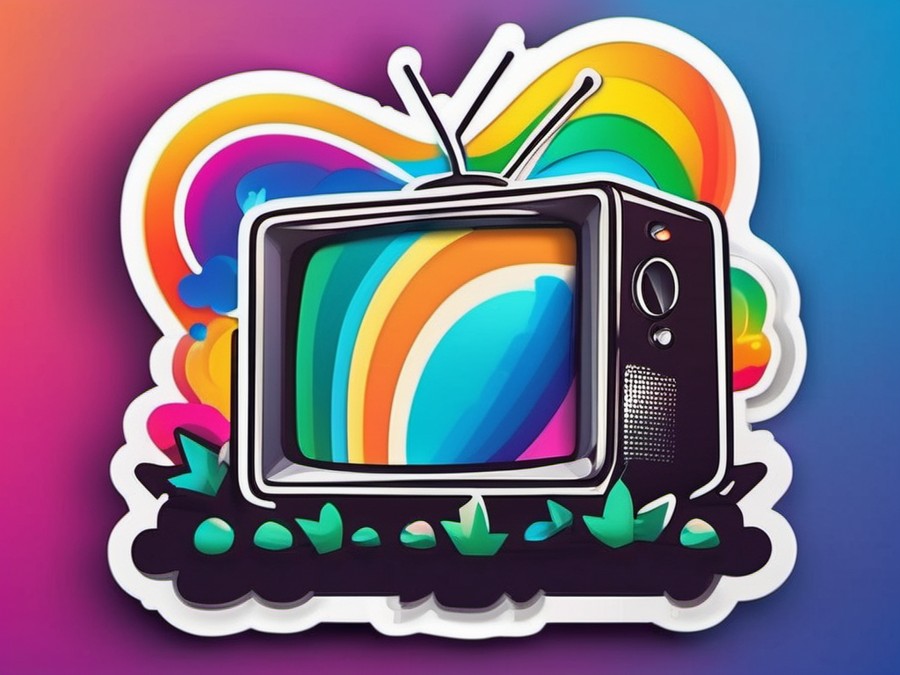· Charlotte Will · LED & LCD TVs · 6 min read
What is the best resolution for LED & LCD TVs?
Discover the best resolution for LED & LCD TVs to enhance your viewing experience. Learn about 720p, 1080p, and 4K resolutions, their benefits, downsides, and how to choose the perfect resolution for your needs. Whether you’re a football fan, nature documentary enthusiast, or avid gamer, find out why 4K is currently the best choice and what the future holds for TV resolutions.

When shopping for a new television, one of the most critical factors to consider is the resolution. With the advent of LED and LCD TVs, you have a variety of options to choose from. So, what is the best resolution for LED & LCD TVs? Let’s dive in and find out.
Understanding Resolution: A Quick Primer
Resolution, put simply, is the number of pixels that make up an image on your TV screen. The higher the resolution, the more details you can see. But what factors into this decision, and how does it affect your viewing experience?
Why Resolution Matters
From crisp text to vivid colours, high resolution ensures that every detail on your screen is clear and vibrant. Whether you’re watching the latest blockbuster or tuning into a football match, you want to see every blade of grass and every bead of sweat.
Common Resolutions Explained
- 720p (HD): With 1,280 x 720 pixels, this is the minimum resolution you should consider for a modern TV experience.
- 1080p (Full HD): This is the gold standard for many, with 1,920 x 1,080 pixels. It’s widely supported and offers excellent quality for most content.
- 4K (Ultra HD): With 3,840 x 2,160 pixels, 4K offers four times the detail of Full HD. It’s becoming increasingly popular for its sharpness and clarity.
- 8K: The latest and greatest, 8K offers a whopping 7,680 x 4,320 pixels. While content is still limited, it’s the future of TV resolution.
Factors to Consider When Choosing a Resolution
When deciding on the best resolution for your LED or LCD TV, several factors come into play.
Size of the Screen
The size of your TV plays a significant role in determining the optimal resolution. For smaller screens, a higher resolution isn’t as noticeable, while larger screens benefit greatly from increased pixel counts.
Viewing Distance
The distance at which you sit from your TV also affects the perceived quality of the resolution. Sit too close to a lower-resolution screen, and you’ll see individual pixels, which can be distracting.
Content Availability
While 4K and 8K content is becoming more common, not all media supports these higher resolutions. Ensure that the content you watch most often is available in your chosen resolution.
The Benefits of Higher Resolutions
From improved detail to better colour reproduction, higher resolutions bring several benefits to the table.
Enhanced Details and Textures
Higher resolutions allow for more detail in every frame. From the intricate patterns on a character’s clothing to the lush foliage in a nature documentary, every element comes to life.
Better Colour Reproduction
With more pixels comes improved colour accuracy and vibrancy. This is especially noticeable in HDR-compatible TVs, where the increased detail enhances the overall colour experience.
Future-Proofing Your Purchase
Investing in a higher resolution now means your TV will be ready for newer, more advanced content formats down the line.
The Downsides of Higher Resolutions
While the benefits are clear, there are some downsides to consider.
Cost
Higher resolutions come at a premium, with 4K and 8K TVs costing more than their Full HD counterparts.
Content Scaling
Lower-resolution content won’t look as crisp on a higher-resolution screen. TVs have to upscale this content, which can sometimes result in a less-than-ideal viewing experience.
Power Consumption
Higher resolutions require more processing power, which can lead to increased energy consumption.
LED vs. LCD: Which is Better?
When it comes to resolution, does the type of TV matter? Let’s explore the differences between LED and LCD.
LED TVs
LED TVs use light-emitting diodes for backlighting, which can be dimmed or brightened individually to improve contrast and reduce energy consumption.
LCD TVs
LCD TVs don’t use LEDs for backlighting; instead, they rely on fluorescent lighting. This results in a less dynamic image compared to LED TVs.
Which is Better for Resolution?
Both LED and LCD TVs can support high resolutions, but LED TVs often provide a better overall viewing experience due to their superior contrast and energy efficiency.
Real-World Examples: How Resolution Impacts Viewing
Let’s look at some real-world examples to see how resolution can impact your viewing experience.
Watching a Football Match
In high-resolution, you can see every movement of the ball, every tackle, and even the expressions on the players’ faces. This level of detail lets you fully immerse yourself in the game.
Enjoying a Nature Documentary
With higher resolutions, the intricate details of animal fur and plant life come to life, immersing you in the natural world. You’ll feel like you’re right there with the wildlife, experiencing their habitat firsthand.
Playing Video Games
For gamers, higher resolutions can provide a competitive edge. The increased detail allows you to spot enemies and obstacles more easily, improving your reaction times and strategy.
Best Resolution for Most People: 4K
After weighing the pros and cons, we find that 4K is currently the best resolution for most people.
Why 4K?
- Widespread Support: Most modern content is available in 4K.
- Affordability: While still premium, 4K TVs are more affordable than their 8K counterparts.
- Future-Proofing: As more content becomes available in 4K, your TV will be ready.
The Future of Resolution: 8K and Beyond
While 4K is the current sweet spot, what about the future? Let’s take a look at where resolutions are headed.
8K: The New Standard?
8K TVs are becoming more common, offering unparalleled detail and clarity. However, content availability is still a limiting factor. As more 8K content becomes available, these TVs will become increasingly attractive.
Beyond 8K: What’s Next?
As technology advances, we can expect even higher resolutions to become standard. But for now, 4K is the best balance of cost and performance.
Conclusion
Choosing the best resolution for your LED or LCD TV depends on several factors, including screen size, viewing distance, and content availability. For most people, 4K offers the best balance of cost and performance. However, as technology advances, higher resolutions like 8K are becoming more commonplace. Ultimately, the best resolution is the one that fits your needs and budget.
FAQs
What is the difference between 720p, 1080p, and 4K?
720p has 1,280 x 720 pixels, while 1080p has 1,920 x 1,080 pixels. 4K, on the other hand, has 3,840 x 2,160 pixels.
Is it worth upgrading to a 4K TV?
Yes, especially if you watch a lot of 4K content or play video games. The increased detail and clarity make for a more immersive experience.
Do I need an 8K TV?
For most people, no. While 8K offers unparalleled detail, the content is still limited, and the price point is high.
What’s more important: resolution or screen size?
Both are important, but the optimal resolution depends on the screen size. A larger TV benefits more from a higher resolution.
Can I still enjoy my favourite shows and movies if they’re not in 4K?
Yes. While native 4K content looks best, many TVs use upscaling technology to improve the appearance of lower-resolution content.




